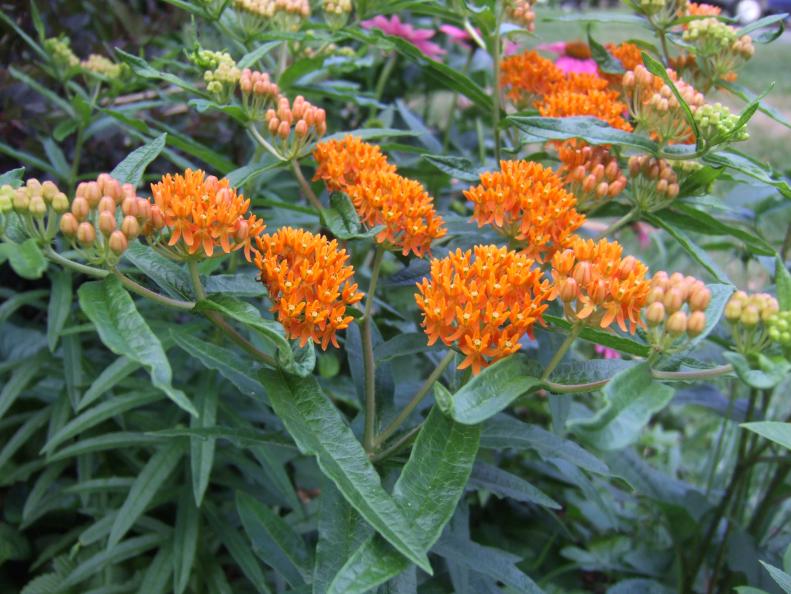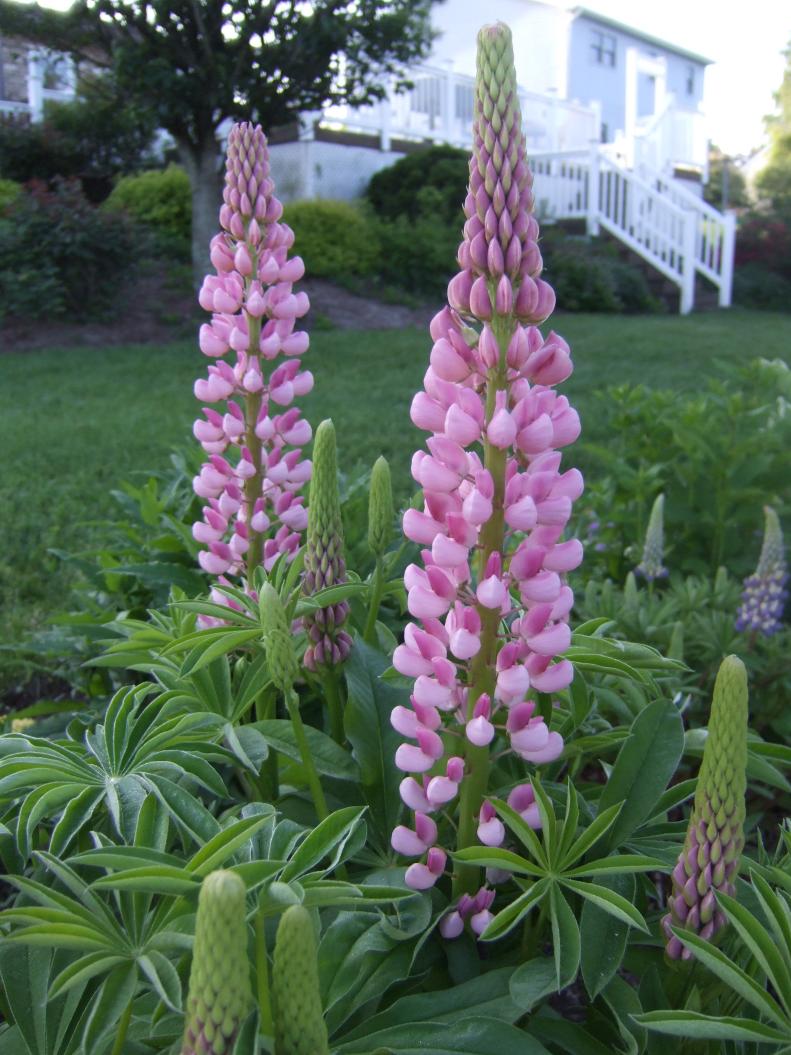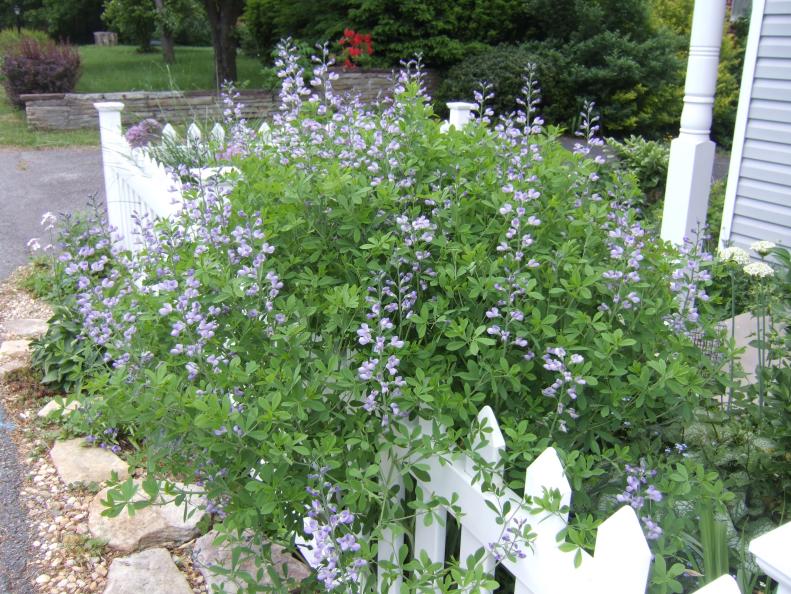1 / 10
Photo: Julie Martens Forney
Butterfly Weed
Welcome butterflies and a host of other pollinators (including bees) by planting butterfly weed (Asclepias tuberosa). Despite the name, this native plant doesn’t behave like a weed, taking over a garden. Plants are slow to emerge in spring, appearing long after other plants. It’s a good idea to mark its spot to avoid disturbing it. Removing spent blooms keeps the flower show going, but stop in early fall to let seeds form. Seed pods make a nice addition to fall wreaths or arrangements. This is a host plant for monarch butterflies, feeding both caterpillars and adult butterflies. Grows 2 to 3 feet tall by 1 to 2 feet wide. Hardy in Zones 4-9.









